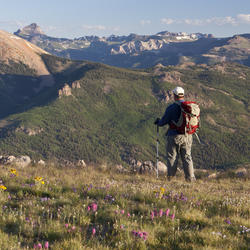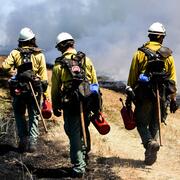Data Management and Delivery
It is a difficult task to determine the desirable environmental targets for aquatic resource managers, because of a myriad of physical, hydrological, and biological processes affecting aquatic ecosystems and hydroscapes, the complexity of interactions and the multifaceted information, and substantial levels of uncertainty. Computer-based Decision Support Systems (DSS) can help integrate and communicate scientific information and analyses, and thus provide support tools for decisionmaking. The AS Branch is working on DSS development to generate spatially explicit indices of habitat suitability for various flow scenarios.













